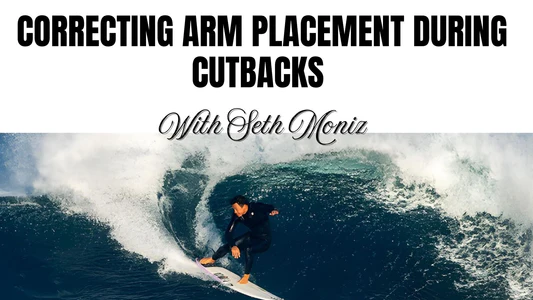Blog

Who Is Matt Biolos? Uncover the Legendary Surfb...
Have you ever asked yourself, “Who is Matt Biolos?” He’s not just another name in surfing—he’s a creative force who reshaped modern surfboard design. As the mastermind behind Lost Surfboards, Matt...
Who Is Matt Biolos? Uncover the Legendary Surfb...
Have you ever asked yourself, “Who is Matt Biolos?” He’s not just another name in surfing—he’s a creative force who reshaped modern surfboard design. As the mastermind behind Lost Surfboards, Matt...

Firewire Groove Surfboard: A Comprehensive Guid...
What is Firewire GROOVE? Surfing enthusiasts are always on the hunt for the perfect board—a design that balances performance, durability, and versatility. Enter the Firewire Groove Surfboard, a product of...
Firewire Groove Surfboard: A Comprehensive Guid...
What is Firewire GROOVE? Surfing enthusiasts are always on the hunt for the perfect board—a design that balances performance, durability, and versatility. Enter the Firewire Groove Surfboard, a product of...

How Different Fin Configurations Influence the ...
As the owner of a surf shop, I get the chance to check out a lot of different boards—longboards, shortboards, and alternative designs from a wide range of shapers, in...
How Different Fin Configurations Influence the ...
As the owner of a surf shop, I get the chance to check out a lot of different boards—longboards, shortboards, and alternative designs from a wide range of shapers, in...

Correcting Arm Placement During Cutbacks with S...
The Importance of Technique in Surfing I am always looking for ways to improve my surfing, whether that means doing exercises to get more physically fit or correcting errors in...
Correcting Arm Placement During Cutbacks with S...
The Importance of Technique in Surfing I am always looking for ways to improve my surfing, whether that means doing exercises to get more physically fit or correcting errors in...

The Ultimate Guide to Surfboard Volume: Choosin...
What Is Surfboard Volume? Surfboard volume refers to the amount of space a surfboard occupies, measured in liters. It’s calculated using the board’s length, width, and thickness. However, design features...
The Ultimate Guide to Surfboard Volume: Choosin...
What Is Surfboard Volume? Surfboard volume refers to the amount of space a surfboard occupies, measured in liters. It’s calculated using the board’s length, width, and thickness. However, design features...

The Ultimate Guide to Lost RNF 96 LightSpeed: E...
Since 1996, the Lost RNF 96 has been redefining performance fish designs. Now available in LightSpeed construction, this iconic board combines classic fish DNA with cutting-edge technology for unmatched versatility....
The Ultimate Guide to Lost RNF 96 LightSpeed: E...
Since 1996, the Lost RNF 96 has been redefining performance fish designs. Now available in LightSpeed construction, this iconic board combines classic fish DNA with cutting-edge technology for unmatched versatility....
